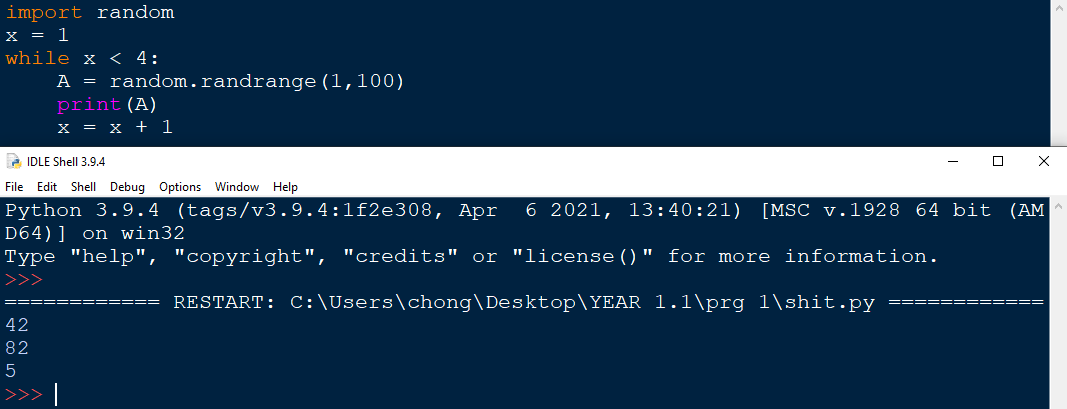Welcome to the lesson on Numbers
Numbers
Numbers are data types assigned to numbers for calculation purposes.
In this lesson we will explore the three types of Numbers.
List of the three types of numbers.
1. int
2. float
3. complex

For extra confirmation, type() can be used to determine the numeric data type of a variable.
Integers
Integers are whole numbers, either negative or positive.
Example:

Float
Floating point number , or float is a decimal number , either negative or positive.
Example:

Complex
a complex number is a number that ends with a j

The random() Function
the random function can be used to generate a random number.
Example:

First, start off by importing random. Next, type random.randrange() and specify the range of numbers you would like python to choose from. if you would like a range from 1 to 10, enter 1 , 10 inside the brackets.
End of Python Numbers
You have learned Numbers in simple terms. Let's proceed on to Quiz.